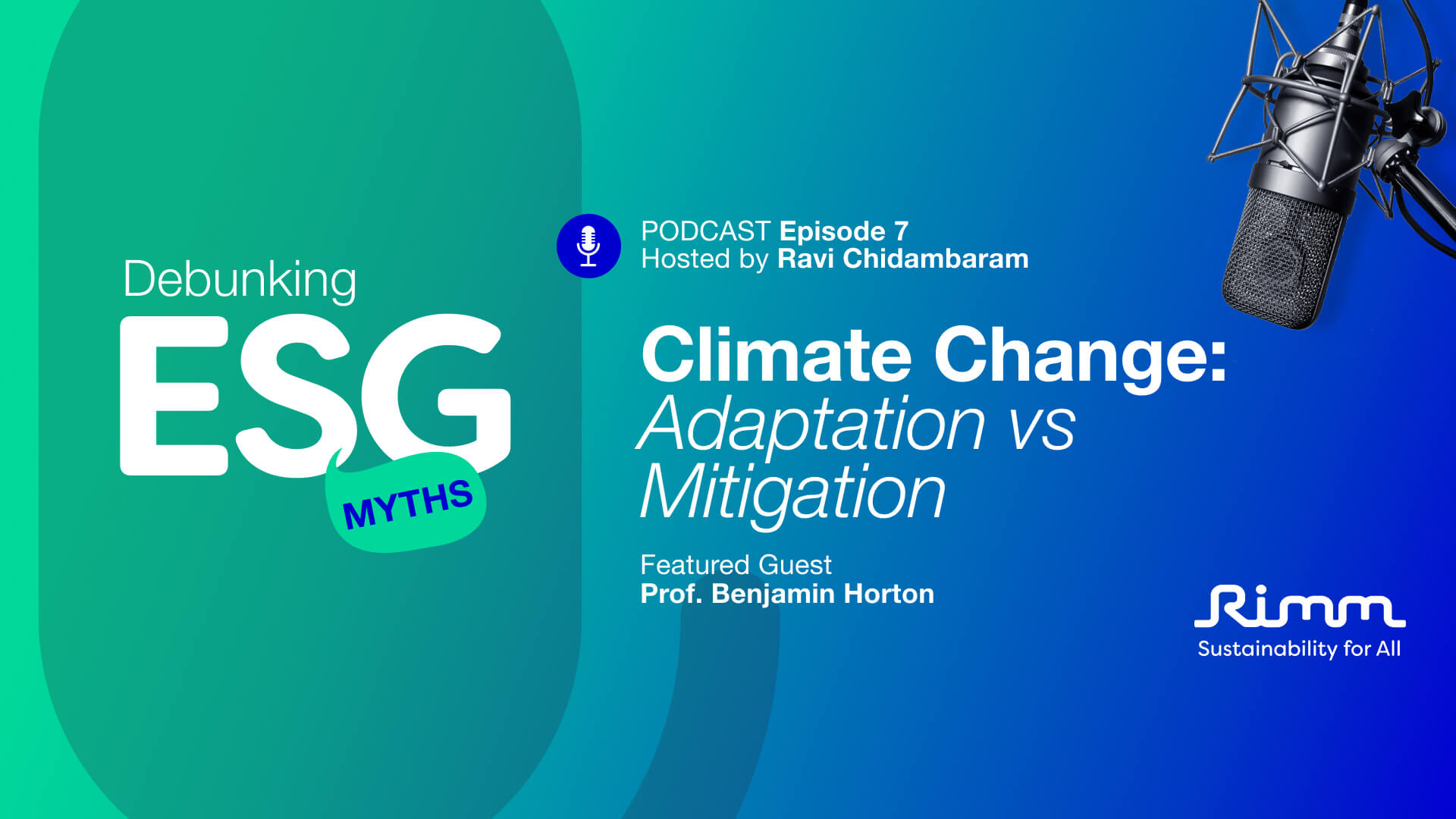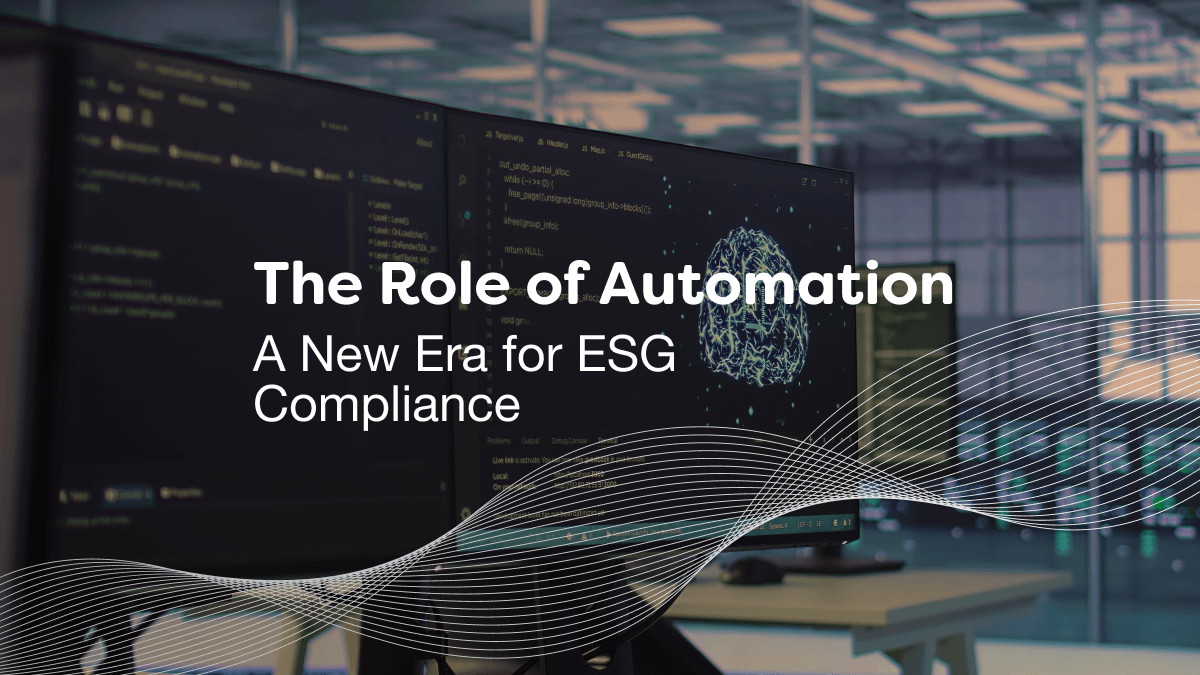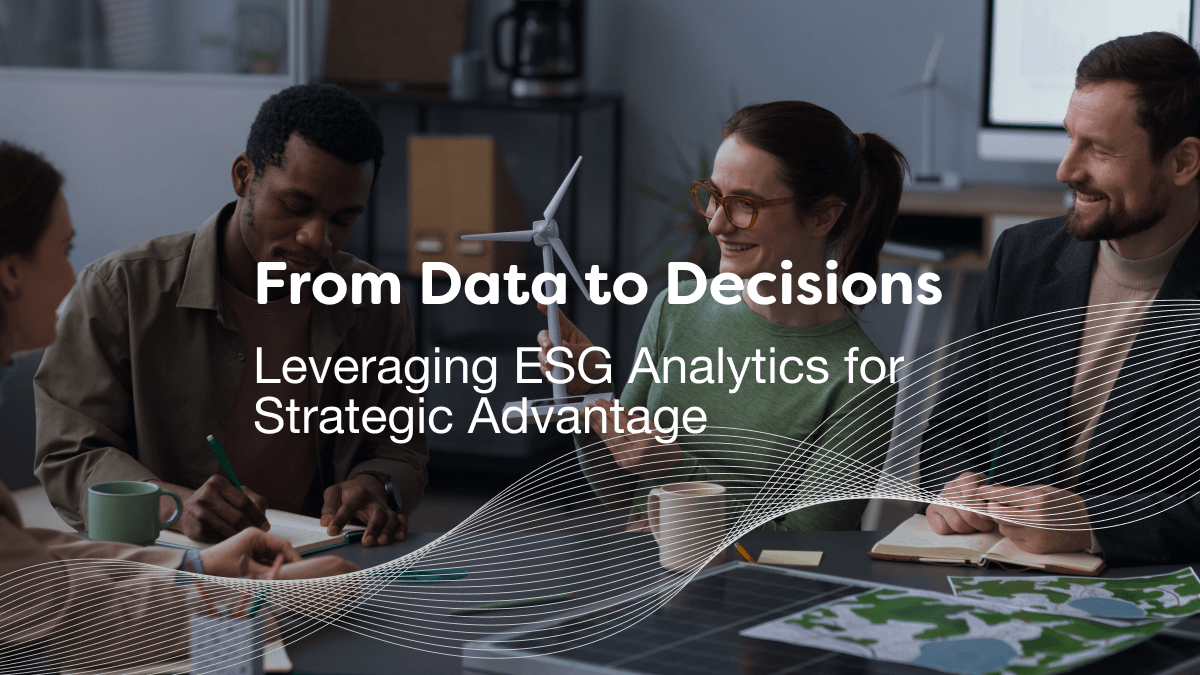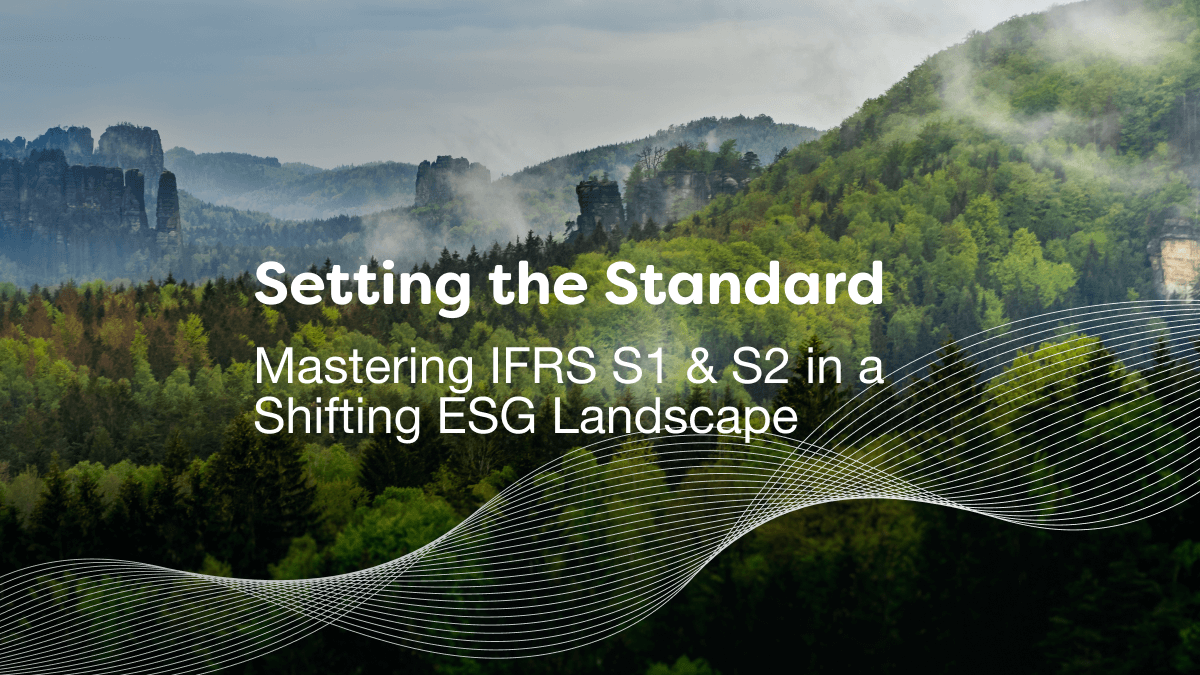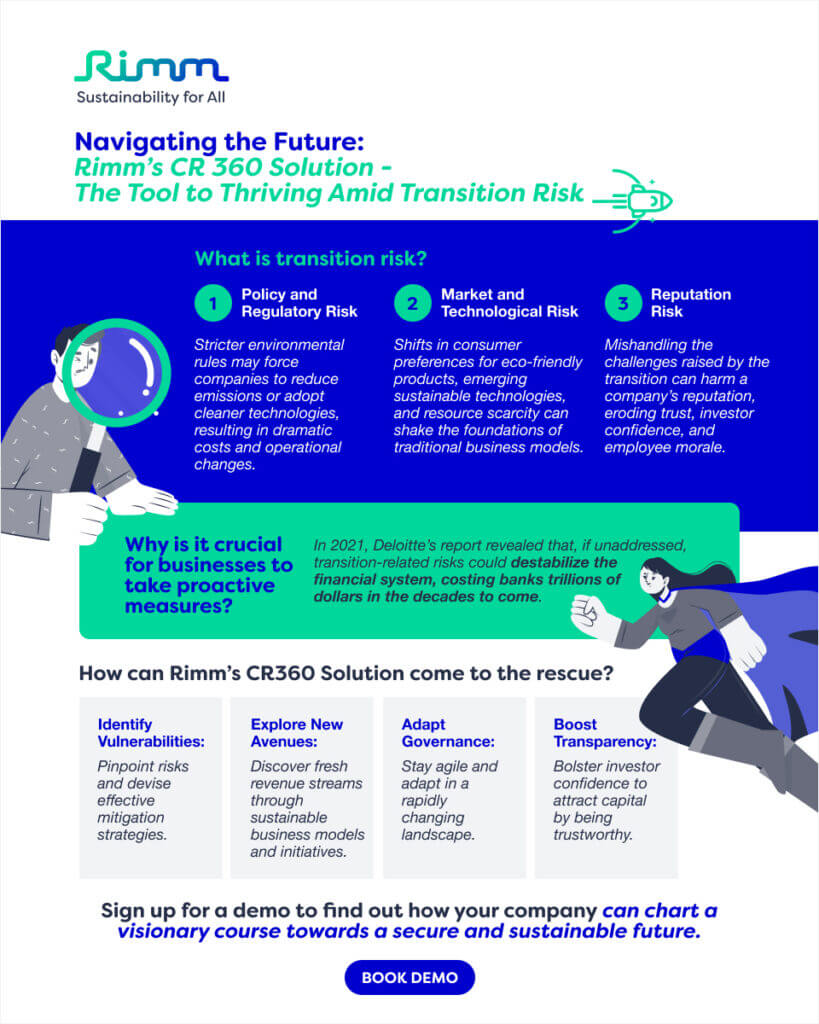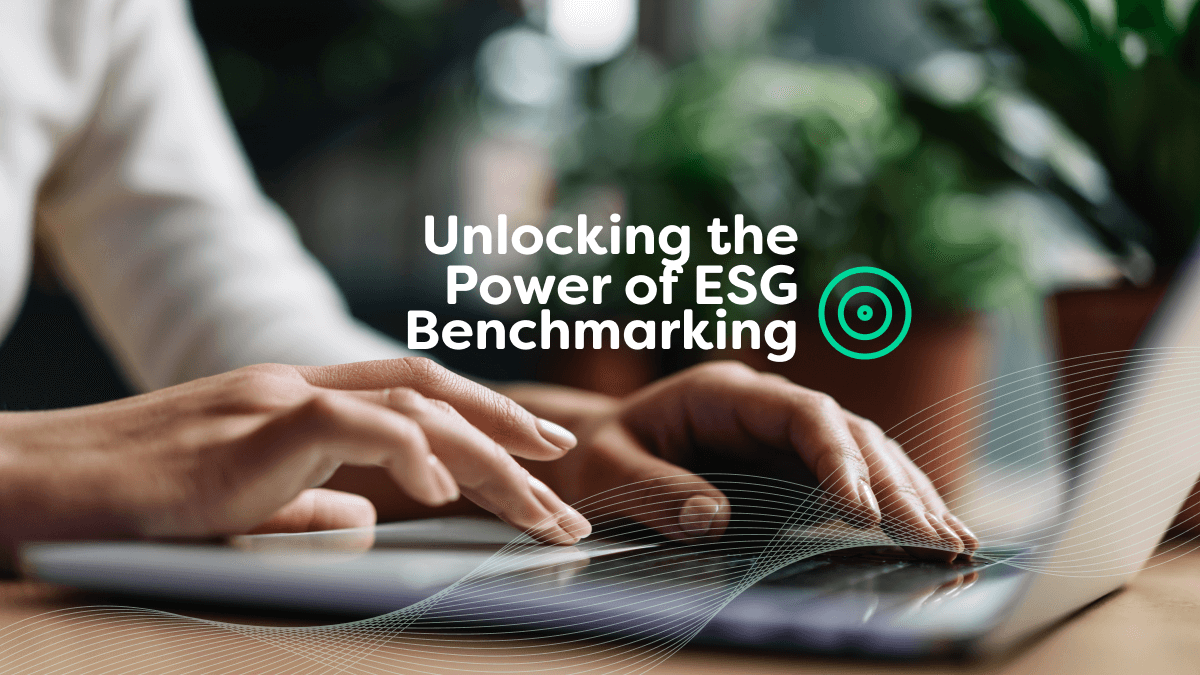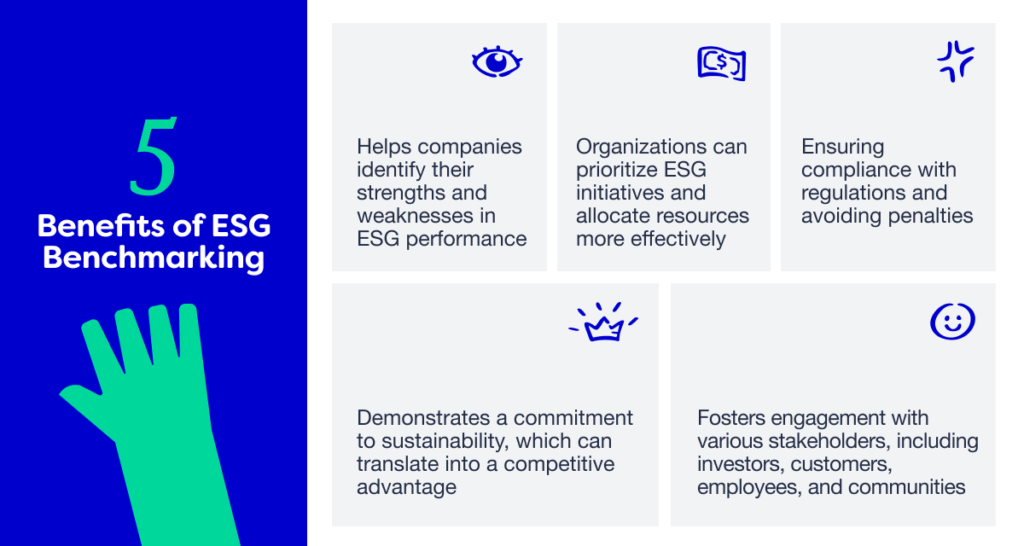In our rapidly changing world, the landscape of risk is shifting beneath our feet. Among the most critical challenges confronting financial institutions and enterprises today is transition risk. But what exactly is transition risk, why is it crucial for businesses to take proactive measures, and how can Rimm’s CR360 Solution come to the rescue?
To mitigate the physical risks associated with climate change, we have no alternative but to transition towards a low-carbon economy. Transition risk therefore looms on the horizon. It refers to the business-related challenges and uncertainties that organizations can face as the world transitions towards a more sustainable, low-carbon, and environmentally responsible economy. Transition risk takes various forms:
- Policy and Regulatory Risk: A shifting landscape of policies and regulations can significantly impact businesses. Stricter environmental rules may force companies to reduce emissions or adopt cleaner technologies, potentially resulting in dramatic costs and operational changes.
- Market and Technological Risk: The tides of market dynamics and technological evolution can sway industries. Shifts in consumer preferences for eco-friendly products, emerging sustainable technologies, and resource scarcity can shake the foundations of traditional business models.
- Reputation Risk: Mishandling the challenges raised by the transition can harm a company’s reputation, eroding trust, investor confidence, and employee morale.
In 2021, Deloitte’s report revealed that, if unaddressed, transition-related risks could destabilize the financial system, costing banks trillions of dollars in the decades to come. Given the seriousness of this emerging threat, many financial regulators and stock exchanges are now encouraging or requiring companies to adopt transition risk assessments, following the guidelines laid out by the Task Force on Climate-related Financial Disclosures (TCFD).
Rimm Sustainability is one of the very first to develop an automated SaaS tool – the CR360 Solution – that assesses how transitioning towards a low-carbon economy can affect a company’s financial landscape on a yearly basis from now up to 2050, assuming the company maintains business as usual. The CR360 Solution adopts a scenario-based approach. Scenarios provide the projected values of key macro-economic variables along potential transition pathways, factoring in myriad variables like energy use, technological shifts, policies, economic trends, and demographics, as well as their interactions. The model underlying the CR360 Solution thus employs those projected values to impact the financial projections of a given business over the critical decades ahead.
What’s the payoff? With Rimm’s CR360 Solution, businesses can:
- Identify Vulnerabilities: Pinpoint risks and devise effective mitigation strategies.
- Explore New Avenues: Delve into sustainable business models, products, and services, often leading to fresh revenue streams.
- Adapt Governance: Stay agile in a rapidly changing landscape.
- Boost Transparency: Meet the increasing demand for transparency and bolster investor confidence to attract capital.
Rimm’s CR360 Solution is not just about managing risk; it is about seizing opportunities. It empowers financial institutions and companies to not just weather the transition storm but to chart a visionary course toward a secure and sustainable future.
Dr. Géraldine Bouveret
Chief Research Officer, Rimm Sustainability
Géraldine has a diverse and extensive academic background and directs Rimm’s research, providing new insights and models to develop Rimm’s methodology, which drives knowledge behind the CR360 solution and other platforms, and simplifying sustainability through her expertise.

